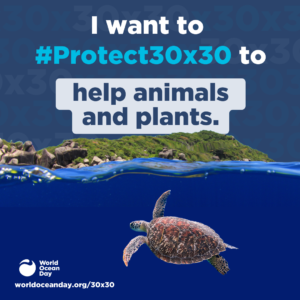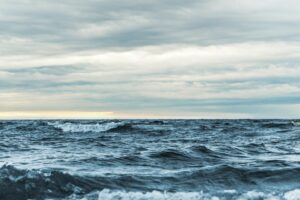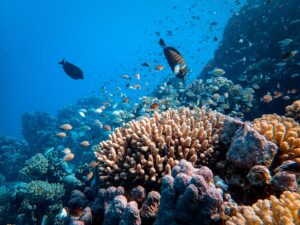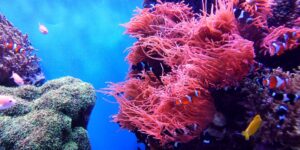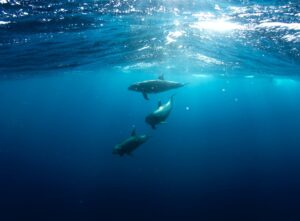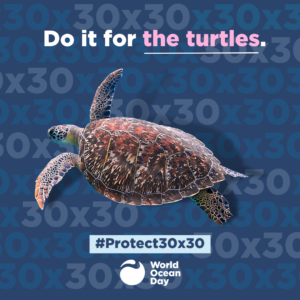
Protecting our oceans is more than just switching from plastic to paper straws
World Ocean Day is an annual campaign that takes place on the 8 June. On this day, people around the globe celebrate and honour our one shared ocean, known as lungs of the earth.
The ocean is not only a major source of food it contributes largely to the variety of jobs and the world economy. In addition to this, it also regulates our climate and generates most of the oxygen we breathe. But we can not forget the oceans’ biodiversity, from the smallest microorganisms like plankton to the largest form of life being the Antarctic blue whale, they all play a role in our climate and earths lifecycle.
World Ocean Day was first proposed in 1992 when Canada suggested the idea at the Earth Summit, then 10 years later in 2002 the campaign took off, becoming a global promotion. Following this success, in 2003, the website launched, sharing 25 events held across 15 countries and now to date shares hundreds of events across many more countries. This year’s campaign is inspired by the governments plan 30×30. During the United Nations Biodiversity Conference in December 2022, our nations’ leaders made a global commitment to protect at least 30% of our blue planet by 2030 (30×30).
To create a healthy ocean with abundant wildlife and to stabilize the climate, it’s critical that 30% of our planet’s lands, waters, and ocean are protected. – a quote direct from the World Ocean Day website.
How can I get involved?
You don’t have to wait for the campaign every year to take action, although there are several things you can get involved in conjunction with the day, what is most important is our daily behaviours and what we continue to do. Being aware of our impact and how we can reduce this to help the oceans’ biodiversity grow and thrive, and you don’t have to be a scientist to do your bit.
When you plan a day at the beach, for example, make sure you dispose of your litter by either using the designated bins, and if not available take it home to your bin. Or if you see other litter left lying around don’t turn a blind eye.
Instead of using single use plastics, use recyclable or sustainable alternatives. Also, when looking to have some scrumptious seafood make sure it has been sourced sustainably.
To mark the day of course, there are several activities that you could initiate or even get involved in. From litter picking to protect your local seaside from harmful rubbish on the beach to volunteering with community groups. There is some information below you will find most helpful in getting more involved and learning more about our oceans.
Visit the World Ocean Day website, browse their events’ page to find an event near you or explore their resources to plan your own event. Volunteering is a great way to get involved and makes you feel good for dedicating your time. The World Wildlife Fund also has some great learning materials, including activity packs for schools.
If you are planning on arranging an event in light of World Ocean Day or any other climate-related topic feel free to get in touch for a chance for your event/action to be shared on our website and new Facebook page.
What are we doing?
A Blue Carbon Project, providing funding to Newcastle University, focuses on kelp research along the heritage coast. First, what is blue carbon? Eco systems within our oceans remove carbon from the atmosphere and oceans, storing it in plants and sediment, where it is known as “blue carbon.” Kelp is part of this term, being a carbon sink right on the coast of our county. However, due to our industrialised past, coal mining and spoil waste have harmed kelp forests, reducing, or eliminating them in affected areas.
An initial project on Durham’s Heritage Coast revealed recently established habitats, indicating that the coastline is recovering well from its industrialised past. This led to a follow-up project to investigate blue carbon cycling (the process of capturing the carbon) from kelp forests to determine if the carbon from kelp fronds that have broken off ends up in sediment near to the shore. Sediment cores are analysed, and the DNA is investigated to find out how much carbon is from nearby kelp forests. The project is due to complete in August this year.
You can read more about this in our Climate Emergency Response Plan on page 76.

